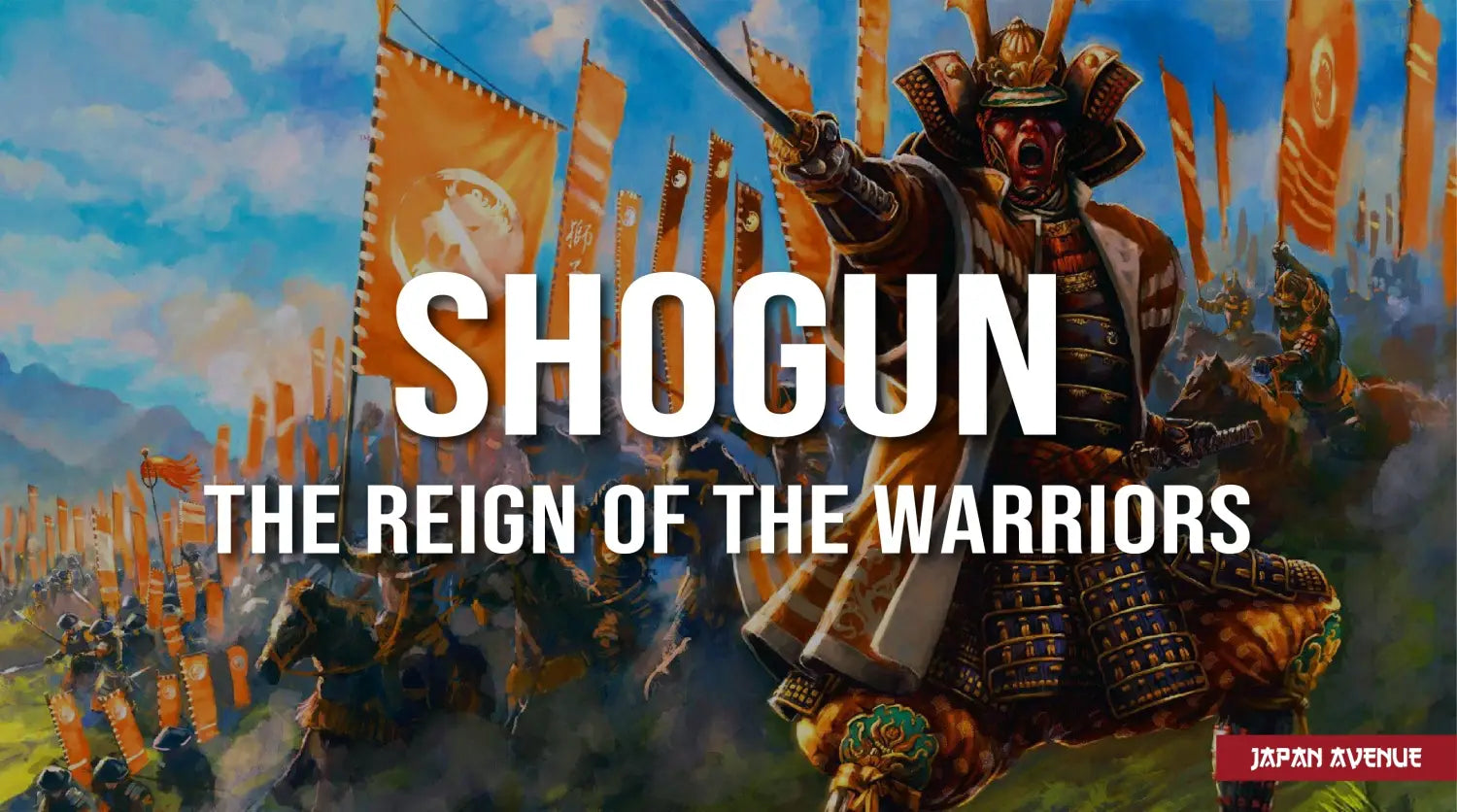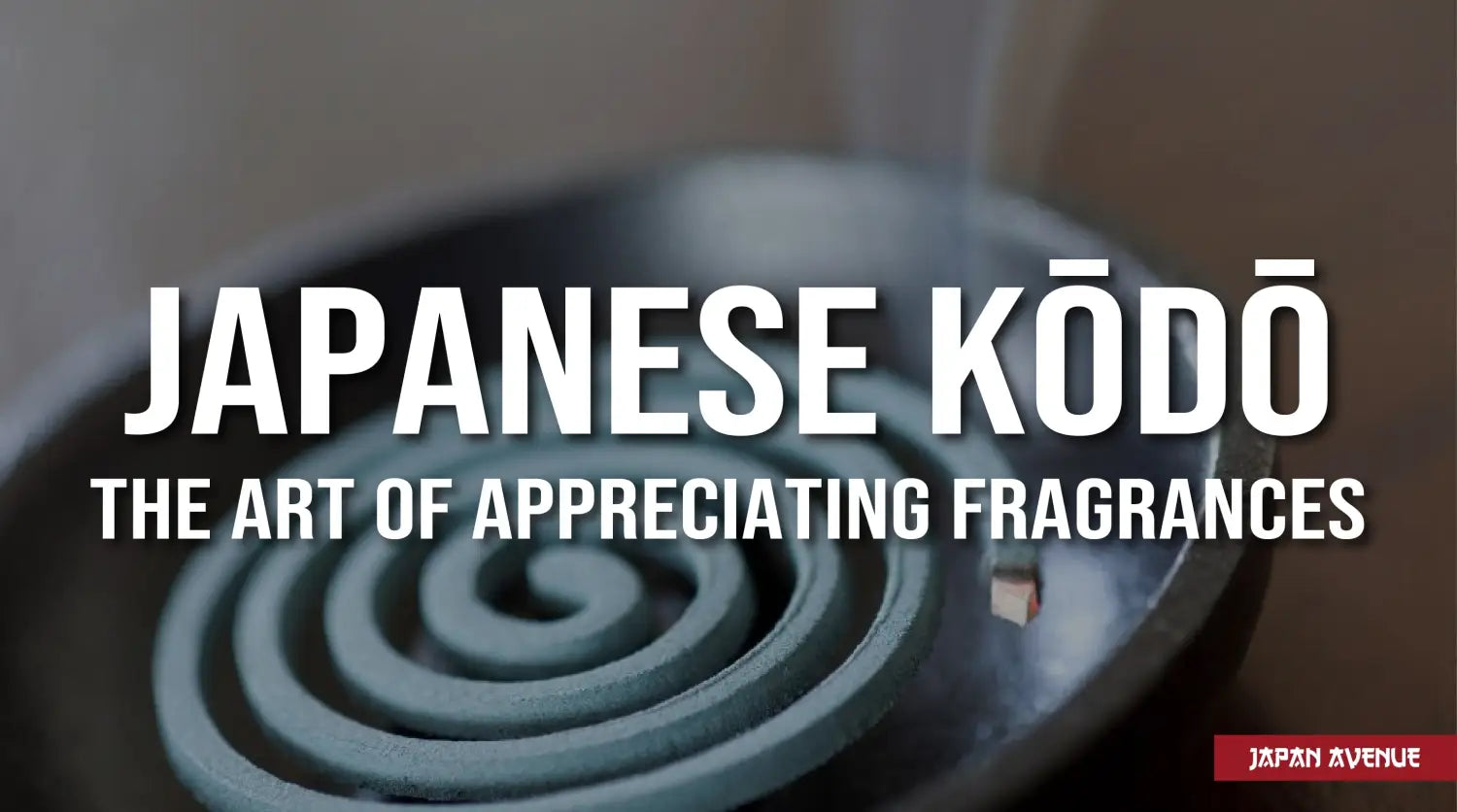Who has never heard of the shogun - those famous lords of medieval Japan? After all, these men ruled the archipelago for nearly 700 years, leaving the emperor with almost no political power!
The Japanese term shōgun (pronounced "shogun") refers to the general-in-chief of the armies. From 1185 to 1867, these military dictators succeeded one another to govern Japan, thus relaying the emperor to the simple role of a representative.
Who are these shoguns and what are their roles in the Japanese society? How did they succeed in dethroning the imperial family that had been sacred for thousands of years?
Learn more about these outstanding rulers and the fascinating history of the shogun warriors in the Land of the Rising Sun.
👑 The shogun: Japanese military dictators
Originally, the first shogun was a high-ranking military commander whose mission was to subdue rebellious people under imperial authority. The word "shogun" is derived from "seiitaishōgun" which means "great general peacemaker of the barbarians".
In the Heian period, Sakanoue Tamuramaro was the most well-known of them. He was the one who conquered the region of Tôhoku by submitting the native people of Emishi to the emperor Kanmu.
Shogun is also a title given to the dictators who controlled Japan in the Middle Ages starting from Minamoto no Yoshinaka.

Samurai establishing the order among the population, under the orders of the shogun. Muromachi period (1538).
A burning political context
During the Heian era, under the reign of the Fujiwara family, the political power was controlled by the aristocrats to the detriment of the warrior nobility: the bushi. The latter were despised in Kyoto even though they protected the nation.
Faced with this lack of consideration, the warrior elite revolted and grew in power. Among them, two communities stood out: the Minamoto and the Taira. While the existing regime collapsed, these two clans clashed to seize power, leading to devastating civil wars.
The establishment of the first shogunate in Japan
When general Minamoto no Yoshinaka liberated the capital of Taira, thus giving a new hope to the ravaged Japan, he was appointed shogun by emperor Go-Shirakawa. In 1185, his cousin Minamoto no Yoritomo seized the power of the emperor after winning the battle of Dan-no-ura which ended the Genpei war. Seven years later, he received in his turn the title of shogun by the imperial court.
Brief aside: the Genpei war is a civil war which lasted 5 years (1180 - 1185), during which two clans clashed: the Minamoto and the Taira. The reason? They disagreed about the imperial succession. The outcome of this war? Victory of Minamoto and, you know what followed... establishment of the Kamakura shogunate.

Scene of the Genpei war by Kano Motonobu.
The word "shogun" then took the meaning of military dictator. This was the beginning of the Kamakura era with the first shogunate based on the principle of fiefdom which marked the beginning of a feudal society in Japan. For nearly 700 years, the shoguns would rule the archipelago up to the Meiji restoration.
🏹 The Kamakura shogunate, from 1185 to 1333
At the time of the first shogunate, founded by the warrior Minamoto no Yoritomo, a feudal military government was set up with the establishment of the bakufu (literally "shogunal government") which gave the warrior elite political power.
The supremacy of the bushi caste ( or Japanese warriors). The provinces of Japan were governed by local warrior lords called shugo and the domains were managed by the jito. They are the vassals of Yoritomo.
The emperor is thus limited to the role of representative of the traditions. The ultimate goal of the Kamakura shogunate was to dispossess the imperial nobility of its wealth.

Representation of Minamoto no Yoritomo and the emblem (mon in Japanese) of his clan: gentian flowers with bamboo leaves.
The military government established by Minamoto no Yoritomo after the Genpei war lasted from 1185 to 1333, more than a century. The headquarter was located in the city of Kamakura which was the origin of the name of the first Japanese shogunate.
Moreover, this bakufu adopted a warrior's code of honor which later became the Bushido: a strict code governing the duties of the samurai.
The reign of Minamoto no Yorimoto ended in 1199 and was followed by the reign of his two sons Minamoto no Yoriie and Minamoto no Sanetomo, 3rd shogun of Kamakura and last chief of Minamoto clan, until 1219.
After Yoritomo's death, the Hojo clan came to power. By becoming regent of the new shogun, this noble family held the reins of Japan until the end of the Kamakura era.
In 1333 the new emperor Go-Daigo restored the imperial power by eliminating the Hojo clan and taking over the government. This is the end of the Kamakura shogunate period.
🗡 The Ashikaga shogunate, from 1336 to 1573
In 1336, the shogun Ashikaga seized the imperial power which was weakened by the wars of succession. It is the beginning of the second shogunate which marks the history of Japan from 1336 to 1573. This period is also called the Muromachi period in reference to the seat of the first shogun of the Ashikaga dynasty.

Representation of Ashikaga Takauji and the emblem of his clan.
Contrary to his predecessors, Ashikaga Takauji supported the authority of the emperor, which was not in his favor. The shogunate lost its power and soon the great provincial lords called daimyo took more and more importance in the government.
This political tension between the central power and the rich provincial landlords resulted in a war between the daimyos and the shogun and also between the great rural lords. The dark period of Sengoku...
The downfall of the Ashikaga shogunate occurred in 1573, when Lord Oda Nobunaga exiled the last shogun of the dynasty from the capital.
⚔ The Tokugawa shogunate, 1603-1867
The third and last shogunal government was the Tokugawa shogunate, which ruled Japan from 1603 to 1867. Period called Edo, in homage to the new capital chosen by the military leader of the country (former city of Tokyo).
Tokugawa Leyasu was a great daimyo who by dint of alliances, battles and strategy progressively took over the government. As the last unifier of Japan during the Sengoku period after the reign of Oda and Toyotomi Hideyoshi, he was proclaimed shogun in 1603 while he had a considerable number of vassals that allowed him to control Japan.

Representation of Tokugawa Leyasu and the emblem of his clan: three hollyhock leaves in a circle.
Leyasu and his successors reinforced the moral code of samurai and daimyo which later became Bushido: a code based on Shintoism, Zen Buddhism and Confucianism.
During the Edo period, when the bushi caste ruled Japan, there was a very strict hierarchy, at the origin of the Tokugawa political system. At the top was the shogun, followed by the daimyo, samurai who served a lord and then, peasants, craftsmen and merchants.
The Tokugawa dynasty lasted more than two centuries. During this period, Japan was cut off from the rest of the world for fear of Western influence. This is the famous Sakoku period or isolation policy instituted by the 3rd Tokugawa shogun, Lemitsu which lasted from 1650 to 1842.
Japanese culture and economy are at their peak in the capital of Edo with its samurais, geishas, Kabuki theater and Japanese artists of ukiyo-e. Trade was flourishing. Indeed, the shogun and their supporters were great lovers of art. They actively participated in the development of art. However, the interest for the West was more and more present, putting in danger the policy of isolation.
In 1853, Commodore Mathew C. Perry (not to be confused with Matthew L. Perry, the actor who plays Chandler in Friends) and his black ships landed in Japan with orders to deliver a letter from the American President to the Japanese Emperor. The message was clear: Japan had to open its trade with the United States or face serious consequences.
In 1854, the Land of the Rising Sun, powerless against the American army, signed the Kanagawa Convention, thus initiating the end of the policy of isolation and the opening of Japan to the Western world.

Commodore Matthew Perry disembarked in Japan and signed the treaty of Kanagawa.
Gradually the shogunal authority was weakened.
☠️ Decline of the Shogun and Meiji restoration
Only towards the end of the 19th century the emperor of Japan recovered the throne, supported by powerful daimyos; direct consequence of the opening of Japan imposed by the United States.
Tokugawa Yoshinobu renounced his title and the imperial power was finally restored. In 1867, it was the end of the Tokugawa period. The overthrow of the shogunate and the recovery of the imperial powers in 1868 announced the beginning of the Meiji era. Shortly after, the samurai order was dissolved.

Emperor Meiji (left), great-great-great grandfather of the current emperor of Japan, Naruhito (right).
Bushido: legacy of the shogun
The shogunal government of Japan and its 7 centuries of military primacy considerably mark the history of feudal Japan.
At the end of this military dictatorship, the Bushido, moral code of the samurai, was established and its influence is still very present in the Japanese culture as well as in the martial arts world. Consequently, it is easy to understand why honor and loyalty are important values in Japanese society.
Now that you know about this key period of Japan, we invite you to visit our store and immerse yourself in the world of samurai.



